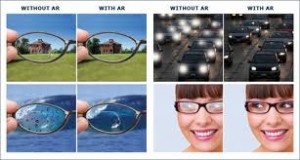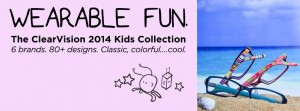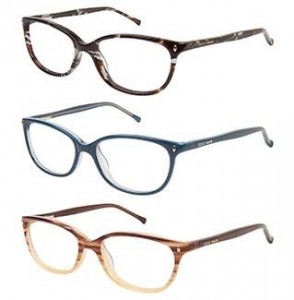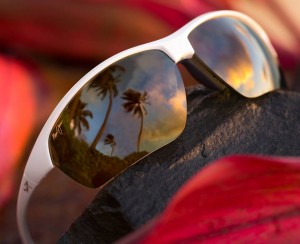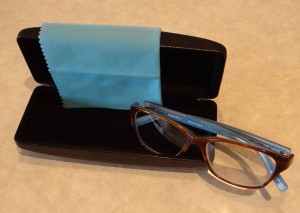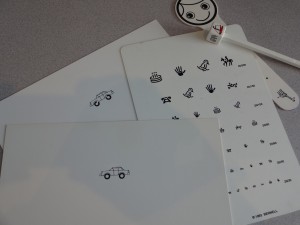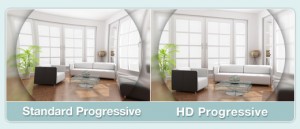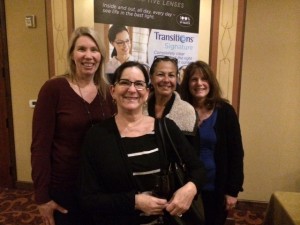Have you ever been in a restaurant trying to decide what to order? The lights are dim, you are practically burning up the menu manipulating it around the candle for more light… Or how about trying to hook up wires behind the TV or computer, can’t find the right hook-up? The above situations make presbyopia seem like an acute condition. Things that looked OK at the kitchen table by the window don’t seem as clear in the dark or when you are tired.
Presbyopia is the result of an aging process on the lens of the eye. The lens focuses light at all distances without much effort for the first forty plus years of our lives. Then kablamo…you can’t see to remove a sliver from your child’s finger.
Denial is the most common response. Eventually, presbyopia interferes with work. You find yourself switching numbers or getting headaches at the computer. Your over-all efficiency is diminished and your frustration is elevated. Sometimes a pair of reading glasses will solve the problem. Depending on your prescription and how you use your eyes, multifocals offer clear vision at multiple distances. Contact lens wearers can try monovision (an adjustment in the correction of one lens) or bifocal contact lenses.
Just know that you are not in this alone, my presbyopic eyes and I are here ready to help you. Stop struggling and let’s find a solution.




